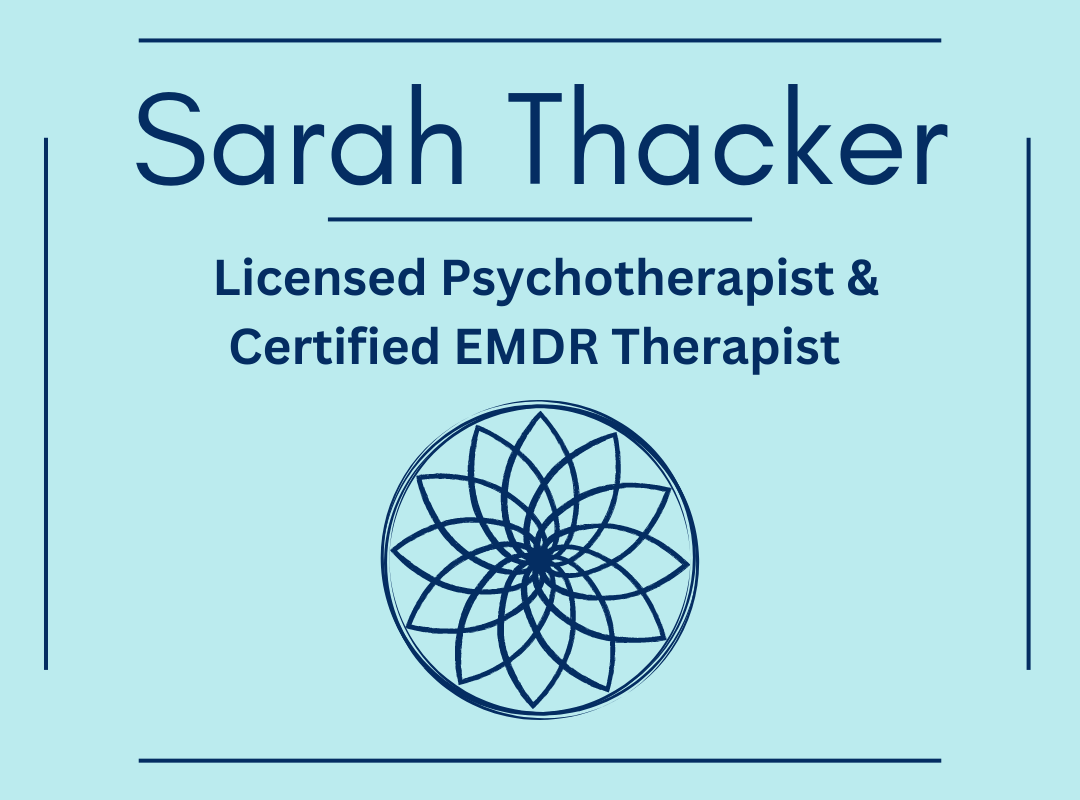Whether or not you are breathing is a deciding factor as to whether or not you are alive. Breath is life. Your breath works as a part of an automatic response within your body, meaning, you will breathe whether or not you are thinking about it. The cool thing is, if you bring your breath into your conscious awareness and under your conscious control, you create the opportunity to control your nervous system.
The pace, rhythm and direction of your breath all directly point to your mood state, mental state and can trigger your nervous system towards causing stress or a state of relaxation within your nervous system. There are two major elements of the autonomic nervous system, the sympathetic nervous system, or the mode of fight or flight or freeze and the parasympathetic nervous system, the mode of rest and digest. Ideally, unless of course there is a true emergency, we all want to live in rest and digest mode.
The importance of engaging the parasympathetic nervous system response, or remaining in rest and digest mode most of the time is well documented. You see, stress is the cause of upwards of 90% of illness. The stress response as you experience it in your mind and body can be caused by something stressful that is actually happening, or it can be caused by just by thinking about something happening that is distressing. The good news is we can do something about the latter—when the stress response is triggered by our thoughts. This something is super simple and is absolutely free of charge. This something is using your breath.
When you take ahold of your breath, you can take ahold of your whole nervous system. You can calm your mind and body and reconnect to what is true right now, rather than what is occurring in your mind that is creating a fearful, stressful response within your mind and body. Your body does not know the difference between the real or perceived stressors and will respond accordingly to either. When you find that you are catastrophizing and creating the stress response within your body, you can bring the process of breathing into your focus by slowing down each inhale and each exhale and calm your mind in the process.
Breathing diaphragmatically engages the parasympathetic nervous system response. Try this, place one hand on your abdomen and one hand on your chest. As you breathe, notice which hand is moving. You are not judging your breathing process. You are simply noticing your breath in order to improve your ability to calm your mind/body. If your hand on your chest is moving but your hand on your abdomen is not moving (meaning your chest is expanding as you inhale), you are paradoxically breathing. This type of breathing can come about by feeling as though you have to suck in your stomach all the time, and it can actually cause you to go into fight or flight mode. Yikes!
If this is how you generally breathe, don’t fret! You can change how you breathe right now! You can practice diaphragmatic breathing in order for it to become your new method of breathing. To diaphragmatically breathe, allow your abdomen to expand into your hand as you inhale and allow the hand on your chest to remain relatively still. As you exhale, draw your navel in towards your spine. Allow this to become your new pattern of breathing—abdomen expanding as you inhale, navel drawing in towards your spine as you exhale.
When you breathe in this manner you are creating an opportunity to calm your nervous system in the here and the now. By allowing your attention to rest on your breath, not in your stressful, repetitive thoughts, you ease your body of the excess cortisol and adrenaline produced by your stressful thoughts. In the moment you recognize that you are feeling stressed within your body due to a thought or perception, rather than an actual stressful occurrence, try this process of connecting with your breath. Breathe diaphragmatically, slowly and deeply. Begin to slow down each inhale and each exhale. Focus on your exhale and allow just a slight pause at the end of your exhale and at the top of your inhale. Follow your breath with your mind. Notice the sensation of your breath against your nostrils. Notice the cooling, calming impact of your breath as you inhale and the warm, soothing impact of your breath as you exhale.
When you focus on your breath you create an opportunity to become fully engaged in the present moment, the only moment. When you are fully engaged in the present moment you create the opportunity to live your life right as it is unfolding, rather than in the anxiety of the future or wishing for a different past. Your breath is your link, it is your powerful anchor to the present moment. Use it. Be aware of it. Allow it to create the transformation of your nervous system that is possible. Be here now, be aware of your breath and allow stress to no longer rule your life, your body and your mood state.
If you’d like some guidance on how to breathe, you can listen to my 5-minute guided diaphragmatic breathing practice here in the resources section of my website. Has changing your breath changed your life? I’d love to hear how using your breath to manage stress has impacted your life for the better!




